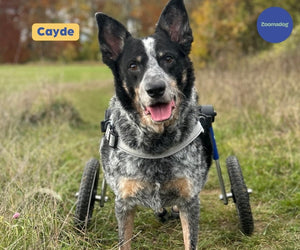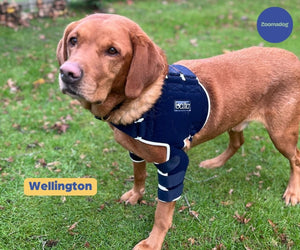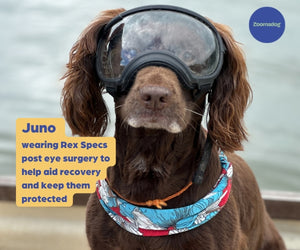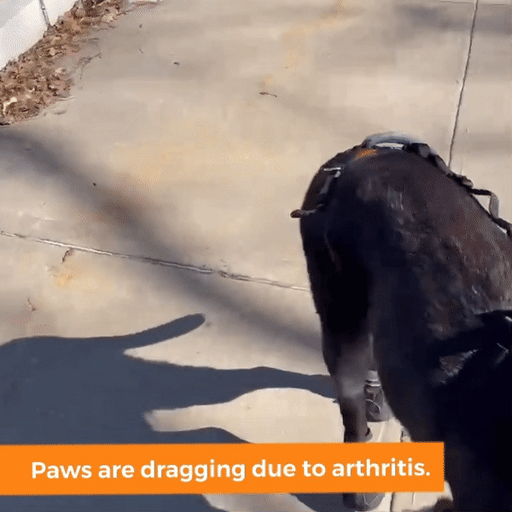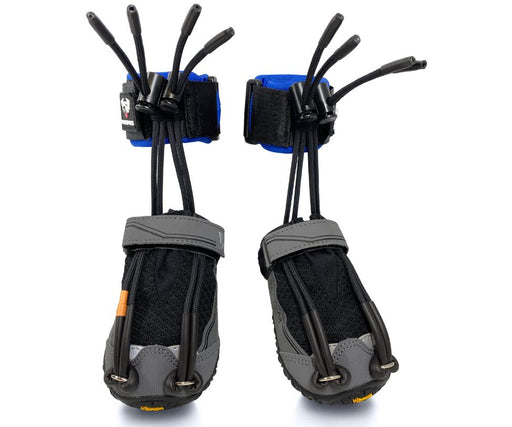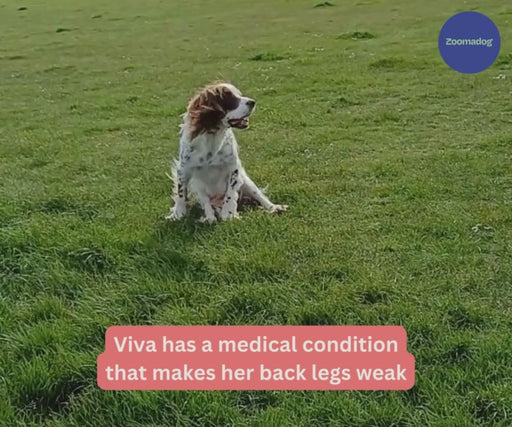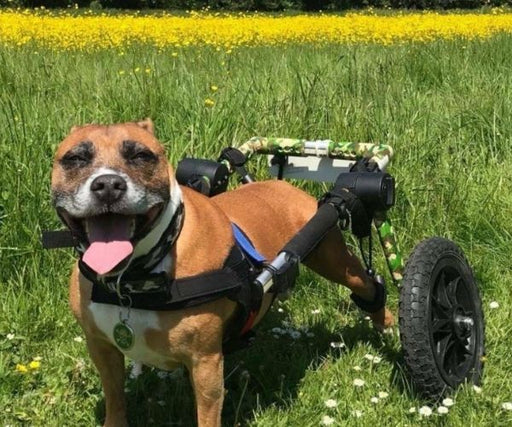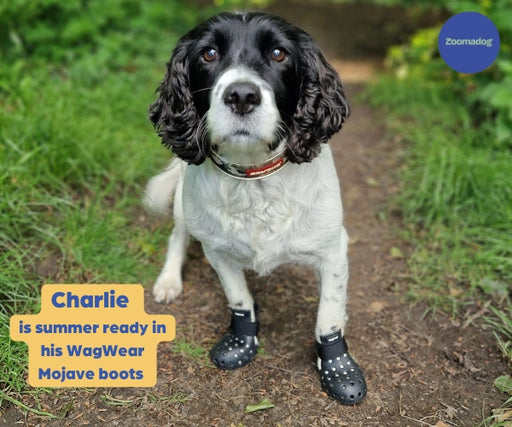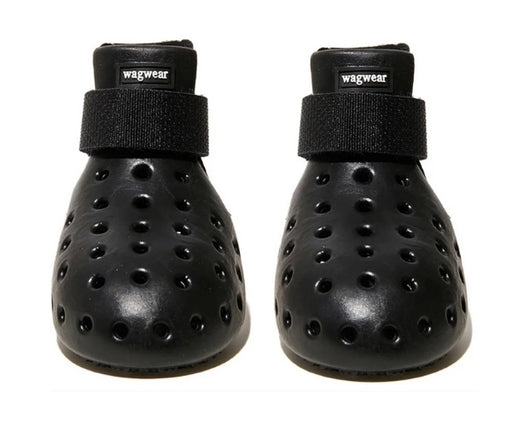Treatment for Spondylosis in Dogs
Spondylosis is a chronic disease, which unfortunately means that it is not curable, so treatment focuses on managing symptoms, ensuring your dog is as pain free as possible and giving them the best quality of life you possibly can.
Treatment options depend on your individual dog and what (if any) symptoms they are displaying. Luckily for the majority of cases, dogs do not seem to experience or display any signs of pain or stiffness and so no treatment is needed, just monitoring.
If however your dog does have some symptoms such as pain and/or stiffness is evident, your vet may recommend giving your dog medications such as an anti-inflammatory (NSAIDs) or another kind of pain killer. Nutritional supplements containing glucosamine, methylsulphonylmethane (MSM) or chondroitin sulphate have also sometimes found to be helpful.
ontrolled exercise, physical therapy and acupuncture can also be helpful, to regain strength and help with mobility. Preventing your dog from becoming overweight or obese is also really important. Excess weight puts increased stress on the spine and makes symptoms worse.
In rare cases, where the bone spurs may be causing severe pain, spinal cord compression or neurological issues, then surgery to remove these spurs may be indicated.
Conclusion
Overall the outlook for a dog with spondylosis is good. Many dogs have little or no symptoms and their spondylosis goes undetected for their entire lifetime or is sometimes mis-diagnosed as arthritis. Typically, although your dog’s flexibility and range of motion may be reduced, with good management, they are still able to live a long and full life.



